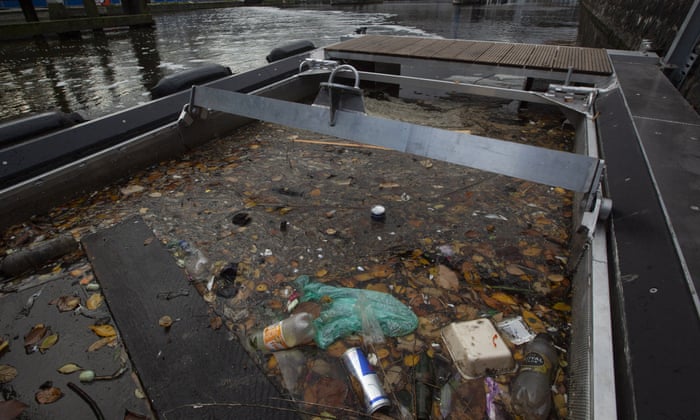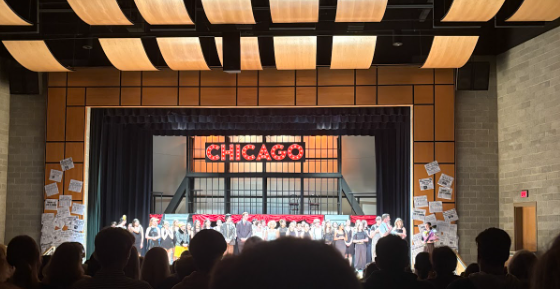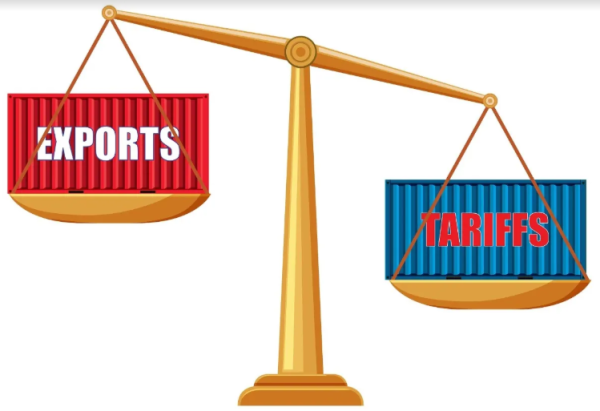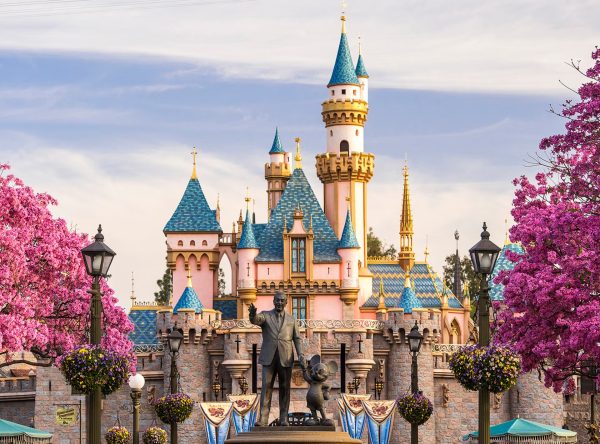Trapping Trash One Bubble at a Time
November 18, 2021
Our ocean acquires 8 million tons of trash each year. That is equal to 17.6 billion pounds. If nothing changes something soon, by 2050, our oceans will be filled with more trash than fish. Many countries are starting to realize the urgency of this problem, but few have come up with a smart solution. That is, until 2019 when Amersterdam developed the “Bubble Barrier.”
The “Bubble Barrier” is a series of perforated tubes that line the bottom of Amsterdam’s Westerdok canal. This canal connects directly to the ocean, so the system helps keep the trash from flowing into it. The tubes on the Bubble Barrier are connected to an air compressor that sends air through them, directing the plastic pollution into a strategically placed catchment system. The system then traps and holds the trash out of the way, ready to be collected. The bubble barrier was designed to collect waste without having a physical barricade blocking the traffic that comes through the canals. It was initially designed and manufactured by Philip Ehrhorn, the chief technology officer of The Great Bubble Barrier. According to Ehrhoun, the barrier collects 86% of the trash that would otherwise float into the ocean. This 86% of trash accumulated accounts for about 77 thousand pounds of waste removed each year.
Statistics show that nearly two-thirds of the ocean’s trash comes from canals, so if we can reduce the amount of pollution coming from them, we can help make our oceans cleaner. Amsterdam is one of the first countries to find a long-term solution, but it shouldn’t be the last. If we want to keep enjoying our planet and all the incredible resources it provides us with, we need to take better care of it.










